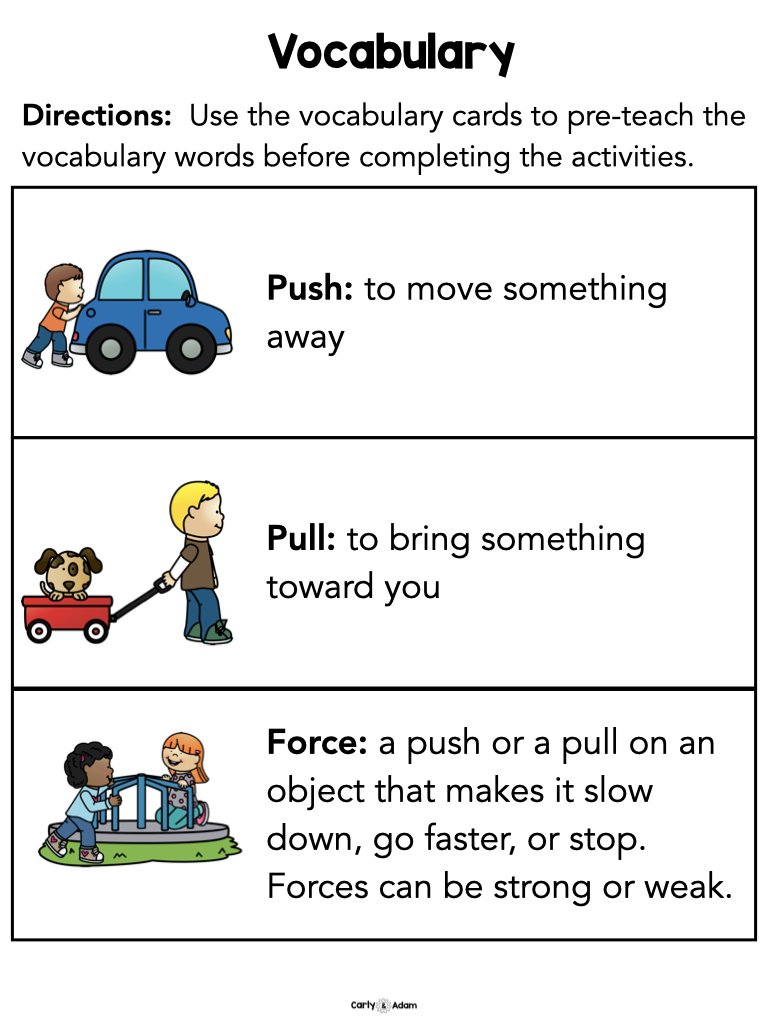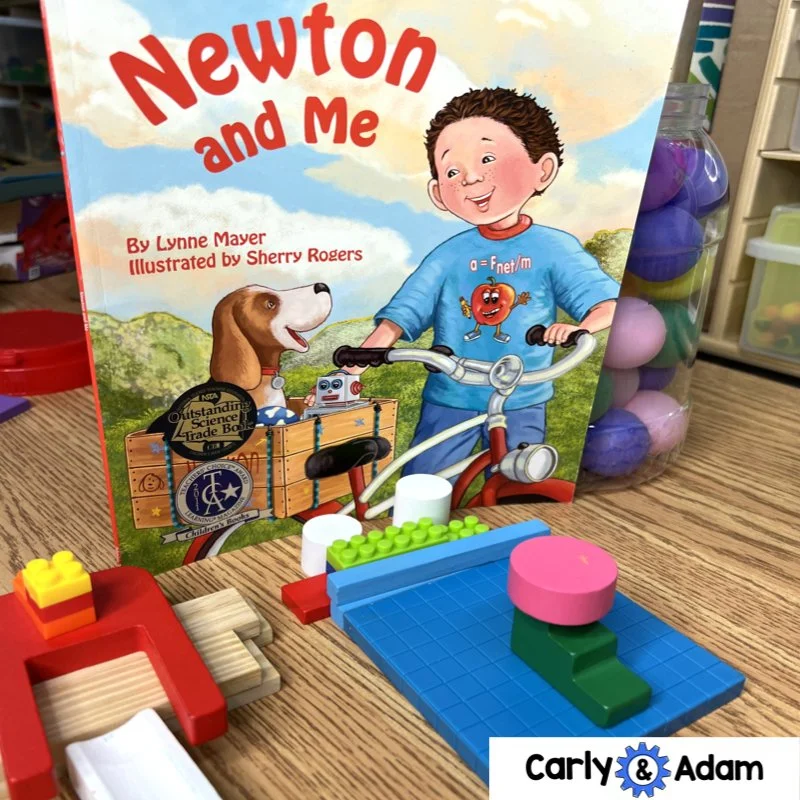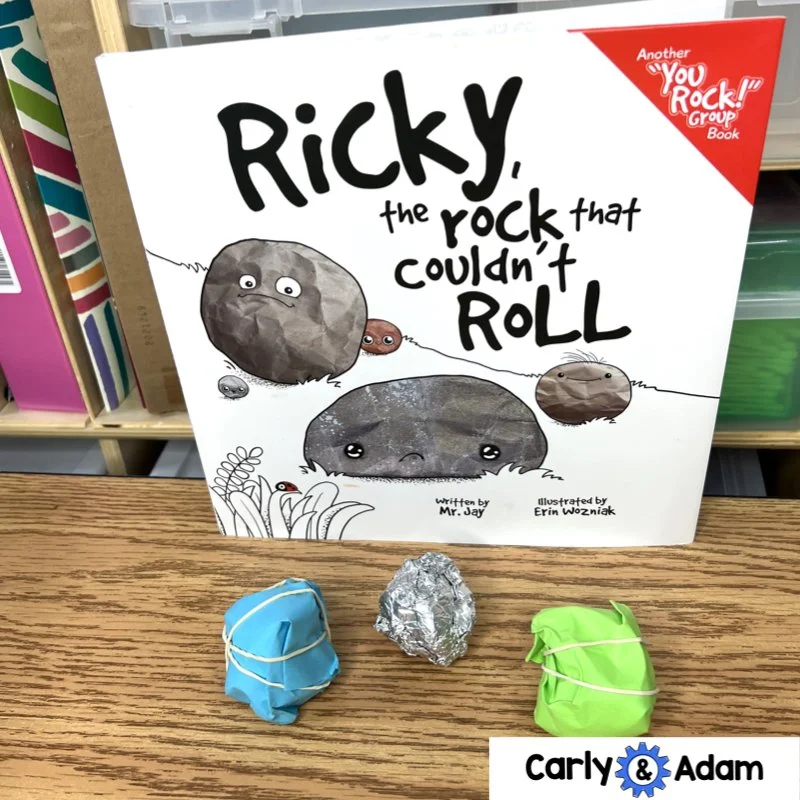3 Tips for Teaching Force and Motion to Kindergarten Students
The concepts of force and motion are essential to science education and are important for students to understand as early as kindergarten.
In simple terms, force is a push or a pull on an object, while motion is the movement of an object. Understanding the relationship between force and motion is key to understanding how objects move in the world around us.
Teaching force and motion to kindergarten students can be a fun and engaging experience. Here are 3 quick tips for engaging your young learners.
1. Use hands-on activities and experiments.
Kindergarteners learn with their hands so this will make the concepts more concrete and relatable for young learners.
For example, having students push and pull different objects and observing the effect of different forces on the movement of objects can help them understand the concept of force.
You can use a rolling ball experiment can help teach the concept of motion by having students observe how the speed of a ball changes as it rolls down a ramp.
2. Add age-appropriate scientific vocabulary
Using the right vocabulary helps students better understand the concepts being taught. Using simple and relatable language can help students better understand the concepts.
For example, using words like push, pull, speed, and direction can help students better understand the concept.
You can find these vocabulary pages in our Kindergarten Physical Science Bundle.
3. Incorporate Read Aloud Books.
Stories and books that involve motion can help make the concepts more relatable and engaging for young learners. Two of our favorites are Newton and Me by Lynne Mayer and Ricky, the Rock That Couldn't Roll by Jay Miletsky.
Photo from Carly and Adam’s Newton and Me Read Aloud STEM Challenge.
Newton and Me by Lynne Mayer tells the story of a young boy and his dog as they explore Newtons laws of motion. The book uses relatable language and engaging illustrations to help young readers understand the scientific concepts in a fun and interactive way.
You can this book to introduce speed and direction to your kindergarten classroom.
Photo from Carly and Adam’s Ricky the Rock STEM Challenge.
Ricky, the Rock That Couldn't Roll by Jay Miletsky is a children's book that follows the story of a rock that learns to roll with the help of his friends. The book teaches the concept of force and motion in a relatable and engaging way for young readers.
You can use this book to teach about pushes and pulls.
Students build on the concepts of force and motion as students progress through elementary school.
By starting with simple experiments and activities in kindergarten, students can develop a strong foundation in science. As they progress through school, they will build on these concepts and introduce more complex concepts, such as gravity, friction, and air resistance.
These lessons and hundreds more are included in the STEM Teachers Club Membership.
We hope you have found this blog post helpful. To stay connected with Carly and Adam's teaching tips and classroom freebies be sure to follow us on Facebook, Pinterest, Teachers Pay Teachers, and subscribe to our blog!






